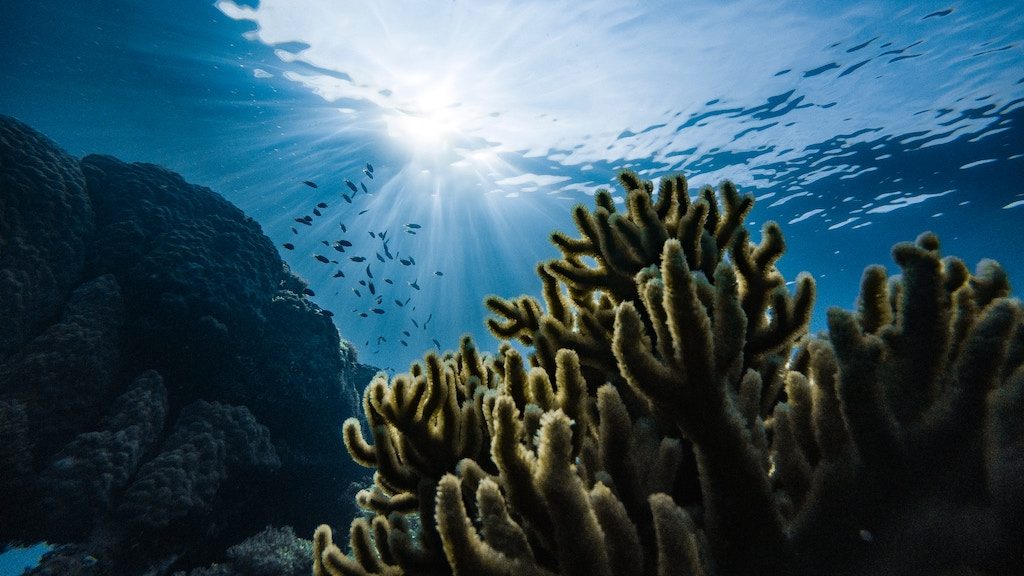
On September 25th, the UN-led Intergovernmental Panel on Climate Change (IPCC) released a landmark report on the impact of climate change on the world’s oceans. Over 100 authors from 36 countries analyzed the latest scientific findings on the cryosphere in a changing climate. The picture the report paints is dire, writes Robinson Meyer in The Atlantic:
While the report covers how climate change is reshaping the oceans and ice sheets, its deeper focus is how water, in all its forms, is closely tied to human flourishing. If our water-related problems are relatively easy to manage, then the problem of self-government is also easier. But if we keep spewing carbon pollution into the air, then the resulting planetary upheaval would constitute “a major strike against the human endeavor,” says Michael Oppenheimer, a lead author of the report and a professor of geosciences and international affairs at Princeton.
“We can adapt to this problem up to a point,” Oppenheimer told me. “But that point is determined by how strongly we mitigate greenhouse-gas emissions.”
If humanity manages to quickly lower its carbon pollution in the next few decades, then sea-level rise by 2100 may never exceed about one foot, the report says. This will be tough but manageable, Oppenheimer said. But if carbon pollution continues rising through the middle of the century, then sea-level rise by 2100 could exceed 2 feet 9 inches. Then “the job will be too big,” he said. “It will be an unmanageable problem.”
[…]
The headline finding of this report is that sea-level rise could be worse than we thought. The report’s projection of worst-case sea-level rise by 2100 is about 10 percent higher than the IPCC predicted five years ago. The IPCC has been steadily ratcheting up its sea-level-rise projections since its 2001 report, and it is likely to increase the numbers further in the 2021 report, when the IPCC runs a new round of global climate models.
The cascade of consequences related to sea-level rise include a decline in seafood safety, extreme flooding for coastal areas, a decline in biodiversity in the oceans, and the melting of glaciers in the United States, including ones major cities rely upon for water.
Unless policies are enacted to reduce carbon emissions now, many of the worst case scenarios outlined in the report might come to pass.
A new paper in Science details a “no-regrets to-do list” of ocean climate proposals that could be set in motion today. The proposals are based on another just-released report from the High Level Panel (HLP) for a Sustainable Ocean Economy that, the authors say, “provide hope and a path forward.”
The paper focuses on five areas of action mentioned in the report: renewable energy; shipping and transport; protection and restoration of coastal and marine ecosystems; fisheries, aquaculture, and shifting diets; and carbon storage in the seabed.
These five areas were identified, quantified, and evaluated relative to achieving the 2030 Agenda for Sustainable Development. The report concludes that these actions (in the right policy, investment, and technology environments) could reduce global GHG emissions by up to 4 billion tonnes of carbon dioxide equivalents in 2030 and by up to 11 billion tonnes in 2050. This could contribute as much as 21% of the emission reduction required in 2050 to limit warming to 1.5°C and 25% for a 2°C target. Reductions of this magnitude are larger than the annual emissions from all current coal-fired power plants worldwide.
The paper offers short-term and long-term proposals around these five action areas, and include setting “clear national targets for increasing the share of ocean-based renewable energy”; improving the fuel efficiency of ships; restoring coastal “blue carbon” ecosystems; introducing seaweed to diets of sheep and cattle; encouraging diet shifts in humans to include more sources of sustainable low-carbon protein from the ocean,” and more.
“Make no mistake: These actions are ambitious,” the paper admits. “But we argue that they are necessary, could pay major dividends toward closing the emissions gap in coming decades, and achieve other co-benefits along the way.”
Another path forward was put forth earlier this summer by Revive & Restore. Its 200-page report provides the first-of-its-kind assessment of genomic and biotech innovations to complement, enhance, and accelerate today’s marine conservation strategies.
Revive & Restore’s mission is to enhance biodiversity through the genetic rescue of endangered and extinct species. In pursuit of this and in response to global threats to marine ecosystems, the organization conducted an Ocean Genomics Horizon Scan – interviewing almost 100 marine biologists, conservationists, and technologists representing over 60 institutions. Each was challenged to identify ways that rapid advances in genomics could be applied to address marine conservation needs. The resulting report is a first-of-its-kind assessment of highlighting the opportunities to bring genomic insight and biotechnology innovations to complement current and future marine conservation.
Our research has shown that we now have the opportunity to apply biotechnology tools to help solve some of the most intractable problems in ocean conservation resulting from: overfishing, invasive species, biodiversity loss, habitat destruction, and climate change. This report presents the most current genomic solutions to these threats and develops 10 “Big Ideas” – which, if funded, can help build transformative change and be catalytic for marine health.
Learn More
- Watch Jeff Goodell’s Long Now talk, The Water Will Come.
- Read Revive & Restore’s Key Findings from its Ocean Genomics Horizon Scan.
- Read the IPCC’s press release on its latest report.